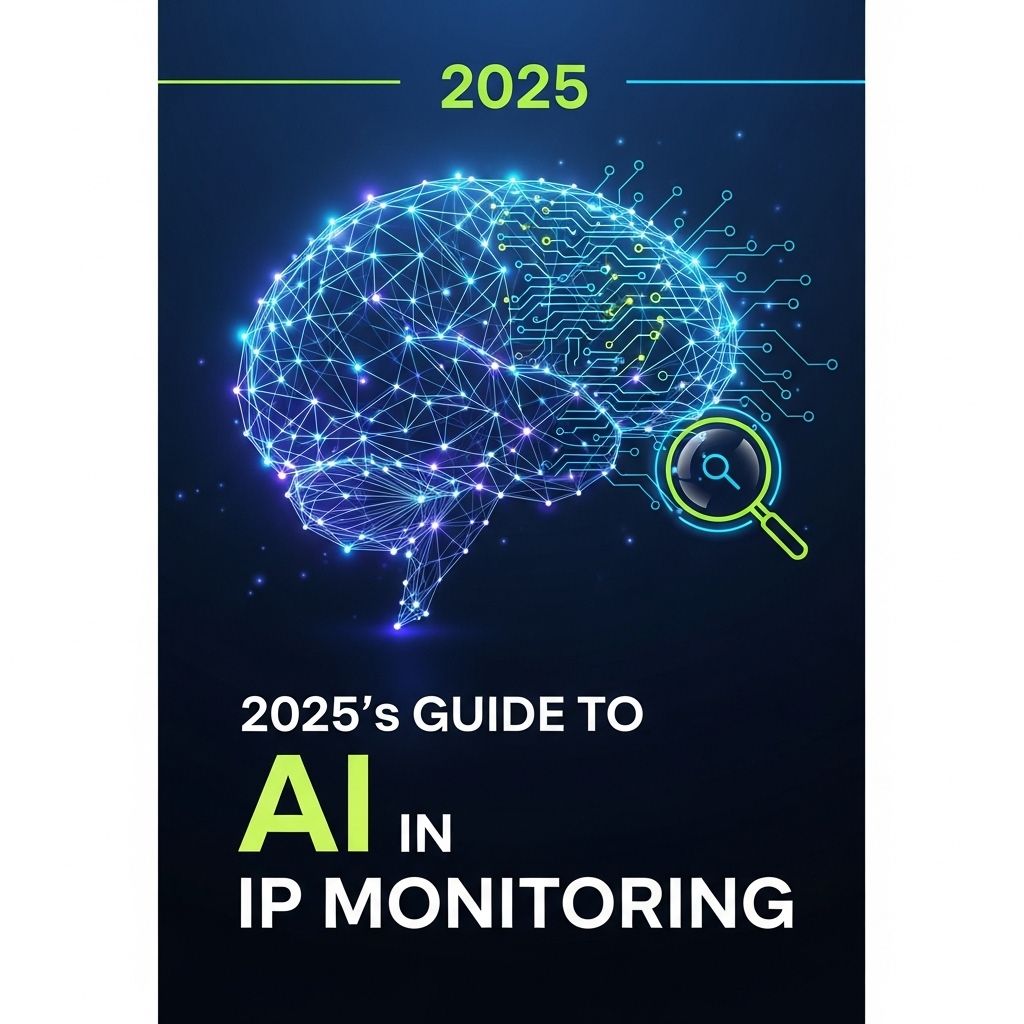Essential Tips for Setting Up Virtual Desktop Infrastructure
Discover key tips for effectively setting up your Virtual Desktop Infrastructure (VDI) for optimal performance and user experience.

In today’s digital landscape, the transition to virtual desktop infrastructure (VDI) has become increasingly essential for businesses aiming to enhance flexibility and security. With employees working from various locations and devices, VDI provides a centralized solution that enables users to access their desktop environments from anywhere. However, setting up a VDI can be complex and requires careful planning and execution. This article will delve into critical considerations and best practices for a successful VDI implementation.
Table of Contents
Understanding Virtual Desktop Infrastructure
VDI allows users to run their desktop environments on centralized servers rather than on individual personal computers. This not only streamlines desktop management but also improves data security and reduces hardware costs in the long run. Here are some key components of VDI:
- Hypervisor: This software layer creates and runs virtual machines (VMs) by sharing hardware resources among them.
- Virtual Machines: Each user is assigned a VM that behaves like a traditional desktop environment.
- Connection Broker: This component manages user connections to their respective VMs, ensuring they are routed correctly.
- Storage: High-performance storage solutions are crucial for delivering a smooth user experience.
- Networking: A robust networking infrastructure is needed for seamless access to virtual desktops.
Planning Your VDI Deployment
The success of a VDI setup hinges on meticulous planning. Below are steps to consider during the planning phase:
1. Assess Your Organization’s Needs
Understanding your organization’s requirements is the first step. Consider the following:
- Number of users
- Type of applications used
- Required performance levels
- Data security compliance requirements
2. Choose the Right VDI Solution
Evaluate different VDI solutions available in the market:
- Citrix Virtual Apps and Desktops: Known for robust features and strong application delivery capabilities.
- VMware Horizon: Offers excellent integration with VMware environments.
- Microsoft Azure Virtual Desktop: Provides scalability and seamless integration with Microsoft 365 services.
- Amazon WorkSpaces: A managed, secure cloud desktop service.
3. Establish Performance Metrics
Before deployment, it’s vital to establish metrics to evaluate the performance of your VDI solution post-implementation. Consider metrics such as:
- User satisfaction scores
- Application load times
- System uptime
- Resource utilization rates
Infrastructure Requirements
A successful VDI implementation requires a robust infrastructure. Below are critical components to consider:
1. Hardware
Ensure adequate hardware provisioning to support the expected user load. Recommended hardware may include:
| Hardware Component | Specifications |
|---|---|
| CPU | Multi-core processors (Intel Xeon or AMD EPYC) |
| RAM | Minimum 16GB per VM, ideally 32GB+ |
| Storage | SSD or NVMe drives for faster performance |
| Network | 10 Gbps Ethernet or better |
2. Software
In addition to a hypervisor, other software components include:
- Operating systems (Windows, Linux, etc.)
- VDI management tools
- Security software (anti-virus, firewall)
Security Considerations
Security is paramount in any virtualized environment. Here are essential security practices:
1. Data Encryption
Ensure that data is encrypted both at rest and in transit to protect sensitive information from unauthorized access.
2. Role-Based Access Control
Implement role-based access controls (RBAC) to restrict user access according to their job functions.
3. Regular Security Audits
Conduct regular security audits and vulnerability assessments to identify and rectify potential weaknesses in your VDI setup.
Monitoring and Maintenance
After deployment, ongoing monitoring and maintenance are crucial. Here are some best practices:
1. Performance Monitoring Tools
Utilize performance monitoring tools to track user activity, VM performance, and resource usage. Popular options include:
- VMware vRealize Operations
- Citrix Director
- Microsoft Azure Monitor
2. Regular Updates
Regularly update the underlying software and hardware to ensure compatibility and security. This includes:
- Operating system patches
- Application updates
- Firmware updates for servers and networking equipment
3. User Feedback
Continuously solicit feedback from users to identify pain points and areas for improvement. This can help in fine-tuning the environment to better meet user needs.
Conclusion
Setting up a virtual desktop infrastructure is a strategic decision that can significantly enhance organizational efficiency and security when executed correctly. By carefully assessing your needs, choosing the right solution, ensuring robust infrastructure, and maintaining a strong focus on security, organizations can thrive in a remote working environment. With the rapid evolution of technology, staying informed about the latest trends and best practices in VDI is essential for long-term success.
FAQ
What is Virtual Desktop Infrastructure (VDI)?
Virtual Desktop Infrastructure (VDI) is a technology that allows users to access desktop environments hosted on a centralized server, enabling remote access and improved management.
What are the key benefits of implementing VDI?
Key benefits of VDI include enhanced security, centralized management, cost savings on hardware, and the ability to access desktops from any location or device.
How should I size my VDI infrastructure?
Sizing your VDI infrastructure involves assessing user needs, application requirements, and performance expectations to determine necessary resources such as CPU, RAM, and storage.
What are the best practices for VDI deployment?
Best practices for VDI deployment include conducting thorough planning, selecting the right virtualization software, ensuring network optimization, and implementing robust security measures.
How can I ensure a good user experience with VDI?
To ensure a good user experience with VDI, focus on optimizing network performance, providing adequate resources, and offering user training and support.
What security measures should be in place for VDI?
Essential security measures for VDI include data encryption, multi-factor authentication, regular security updates, and user access controls to protect sensitive information.







